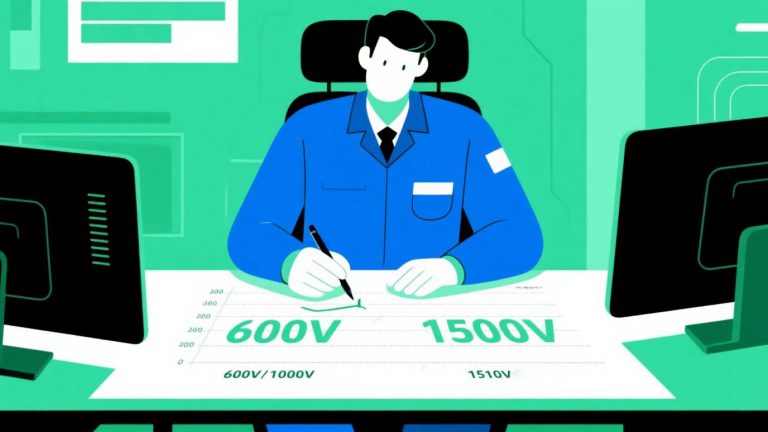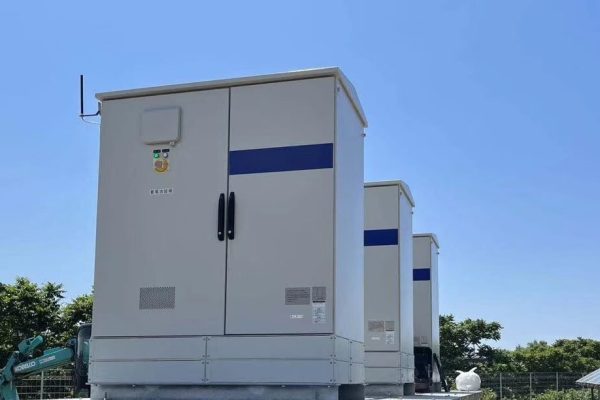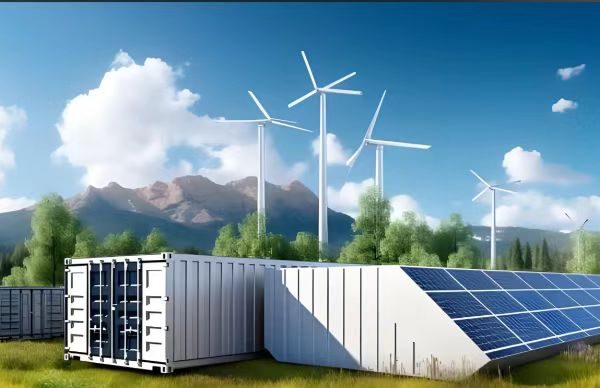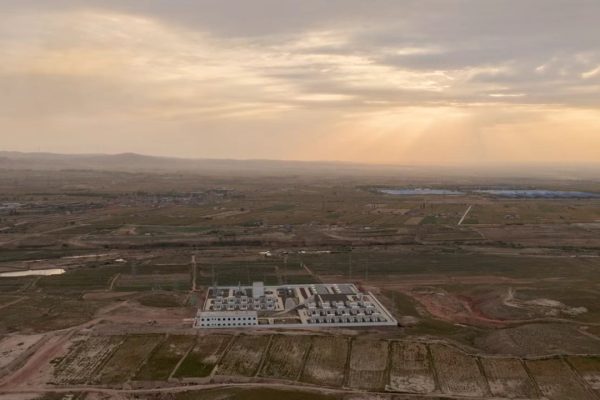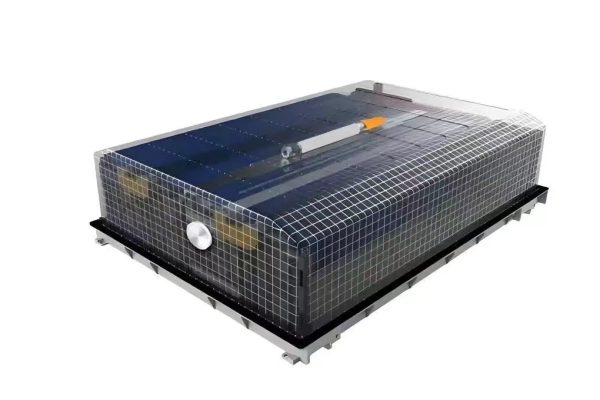As the demand for energy storage grows across commercial, industrial, and utility sectors, buyers are often faced with a key decision: Should you choose a pre-built, containerized energy storage system (ESS), or assemble one on-site using individual components?
Both approaches have strong advantages—and potential drawbacks—depending on project size, location, budget, and timeline. This article breaks down the pros and cons of containerized ESS versus on-site assembly, with practical insights for system integrators and end users.
What Is a Containerized ESS?
A containerized ESS is a fully integrated solution built inside a standard shipping container (typically 20 ft or 40 ft). It includes:
- Battery racks
- Power conversion system (PCS) or inverter
- Battery management system (BMS)
- Fire suppression
- HVAC or liquid cooling
- Safety and monitoring systems
Once delivered, the unit can be quickly installed with minimal additional work—“plug-and-play” at scale.
What Is On-Site Assembly?
On-site assembly means shipping separate components—batteries, inverters, enclosures, cabling—and integrating them at the customer’s location. This method provides flexibility in layout and scaling but requires skilled labor and longer commissioning times.
Pros and Cons: Containerized ESS
✅ Advantages
- Speed of Deployment
- Pre-built and factory-tested; installation time can be reduced by 50–70%.
- Standardization
- Ensures consistent quality, certifications, and safety compliance.
- All-in-One Integration
- Cooling, fire safety, and wiring are already optimized.
- Portability
- Easy to relocate if the project site changes.
❌ Drawbacks
- Higher Initial Cost
- Factory integration adds 10–20% premium.
- Limited Customization
- Fixed container dimensions and layouts restrict design flexibility.
- Transport Challenges
- Requires cranes, wide-load permits, and access roads.
- Service Access
- Can be cramped inside, making some O&M tasks more difficult.
Pros and Cons: On-Site Assembly
✅ Advantages
- Flexibility
- Design tailored to building layouts, space availability, or unusual requirements.
- Lower Upfront Cost
- Buy components separately, potentially reducing CapEx.
- Easier Component Replacement
- Swapping or upgrading batteries/inverters is simpler.
- No Container Logistics
- Avoids oversized shipping and crane handling.
❌ Drawbacks
- Longer Commissioning Time
- More on-site labor, wiring, and testing.
- Higher Risk of Errors
- Quality depends on local installers and integration skill.
- Complex Safety Systems
- Fire suppression, cooling, and arc protection must be separately designed.
- Inconsistent Standards
- May face additional certification hurdles for insurance or regulatory approval.
Use Cases
- Containerized ESS:
- Utility-scale projects (MW-class).
- Remote or temporary deployments (e.g., mining, disaster relief).
- Projects with tight timelines and limited local expertise.
- On-Site Assembly:
- Commercial & industrial (C&I) projects with space constraints.
- Locations with high labor availability and lower logistics costs.
- Customers wanting modular upgrades over time.
Cost Snapshot (2025 Estimates)
| Item | Containerized ESS | On-Site Assembly |
|---|---|---|
| CapEx per kWh | $280–$320 | $250–$280 |
| Deployment timeline | 2–4 weeks | 2–3 months |
| Customization level | Low | High |
| O&M complexity | Medium–High | Medium |
There’s no one-size-fits-all answer to the containerized ESS vs. on-site assembly question. The right choice depends on:
- Speed vs. cost priorities
- Local labor availability
- Space and logistics constraints
- Standardization vs. customization
For fast-track, mobile, or large-scale projects, containerized ESS offers unmatched convenience and reliability. But for C&I projects needing tailored layouts or cost control, on-site assembly often makes more sense.
System buyers should evaluate both options early in the planning stage, balancing CapEx, deployment speed, and long-term O&M costs.





